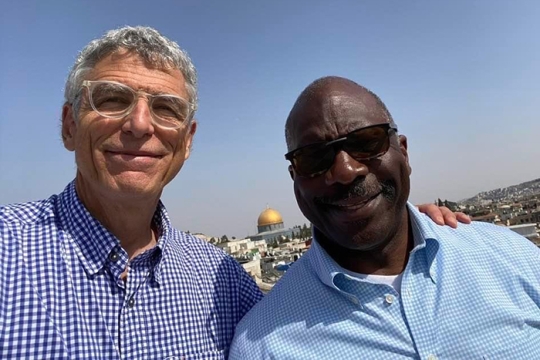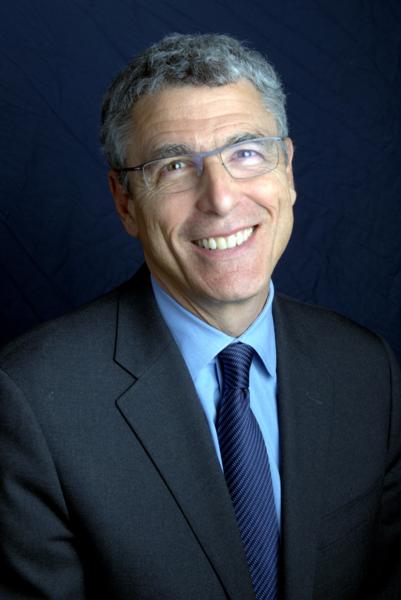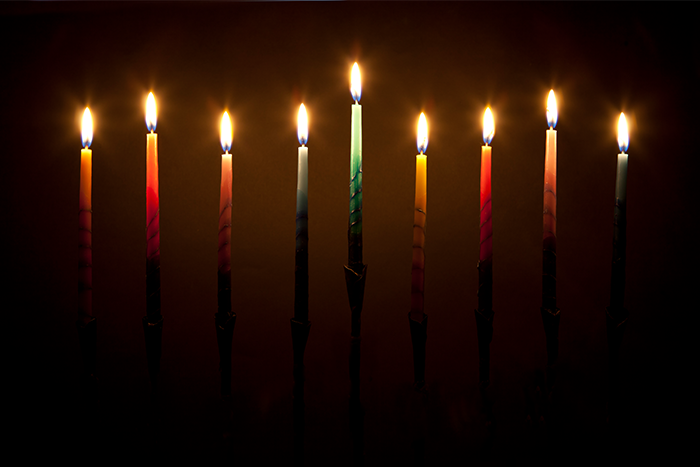
A central theme of Hanukkah is Jewish sovereignty. To commemorate our independence and express our Jewish pride, we light our publicly after sundown each night – outside in public spaces, or in a window or doorway at home. Doing so allows others to see the candles shining in the darkness, symbolizing the open expression of our Jewish identity. As the teaches in Shabbat 27b, we can also keep the inside if it is a time of danger. Some may feel hesitant to proclaim their Jewishness to the wider world, and our tradition understood the danger that our people have faced at various times in our history.
With the current uptick of antisemitism and threats against our community, it is not an easy time to spread Jewish joy. It is also impossible to put aside the horrors we are seeing amidst the devastating war between Israel and Hamas. So many innocent lives have been lost during this war, and we will not feel whole again until we witness the safe return of all those still being held hostage in Gaza.
Yet we are reminded on Chag HaUrim, the Festival of Lights, there is no more important time to share our light than in the midst of darkness. We must share our light with our family and friends of all backgrounds, as doing so helps us stay connected with those we care about and keeps us from feeling isolated and vulnerable. It sets the vital precedence of rising up in the face of hate, along with our partners, with courage and pride.
We cannot let our light go out nor be intimidated from expressing who we are as Reform Jews. Isaiah 49:6 reminds us to be a “light unto the nations” in the world we are not just inhabiting, but caring for. We are the light emanating from the candles, responsible for spreading clarity and moral vision. Reform Judaism seeks to be the expression of an ever-evolving Torah and tradition, stirred by the mandate of . As Reform Jews, our values illuminate our path as we fight the darkness of antisemitism, racism, and injustice that we see in the world.
This Hanukkah, I am deeply appreciative of leaders like you who ensure the wellbeing of our Movement by looking after our congregations, camps, programs, and more. Your work brings so much light to our Reform community and the world. May we continue to ignite the flames of peace and wholeness (shalom), justice and equity (tzedek), and belonging and joy (shayachut and simcha) this Hanukkah and keep the light burning in the year to come.
Wishing you a safe and peaceful holiday,
Rabbi Rick Jacobs
Related Posts
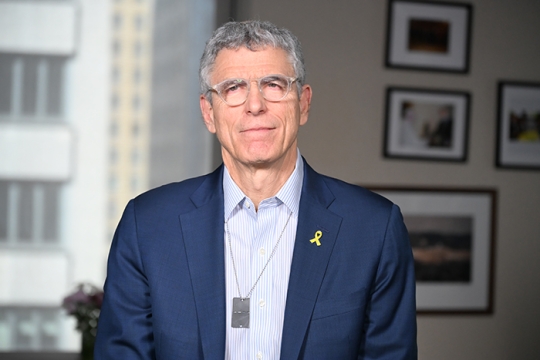
Building Bridges, Not Walls: A Passover Message
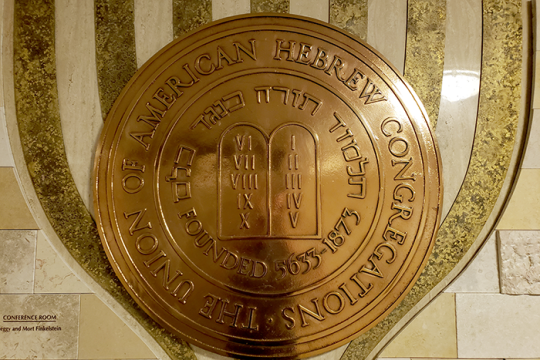
URJ: 150 Years of Leadership and Light
